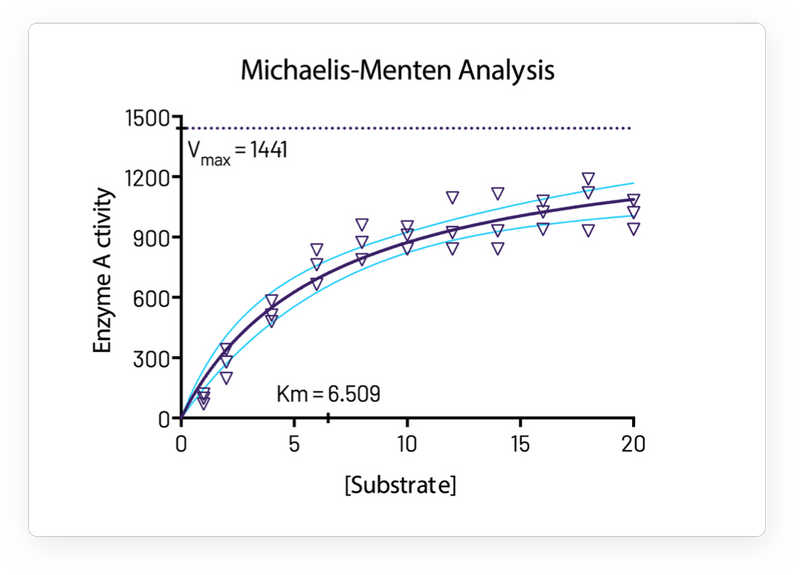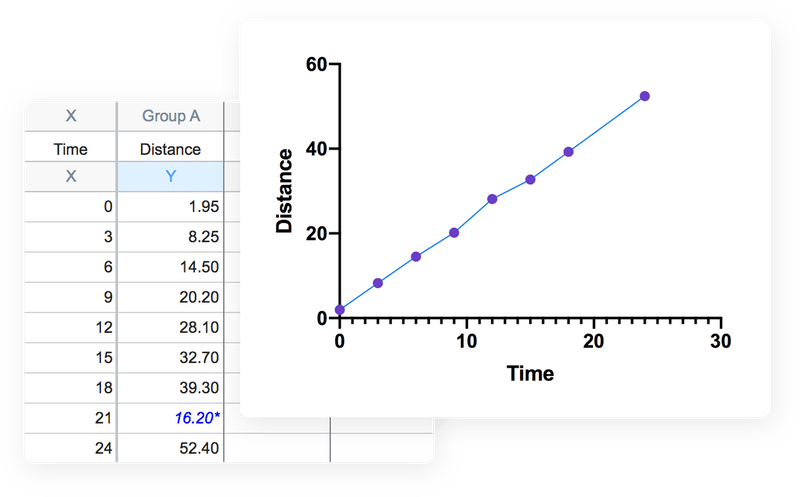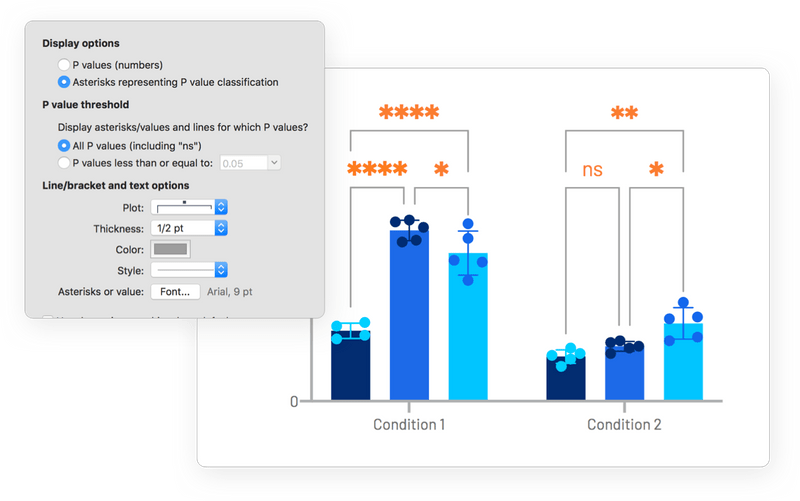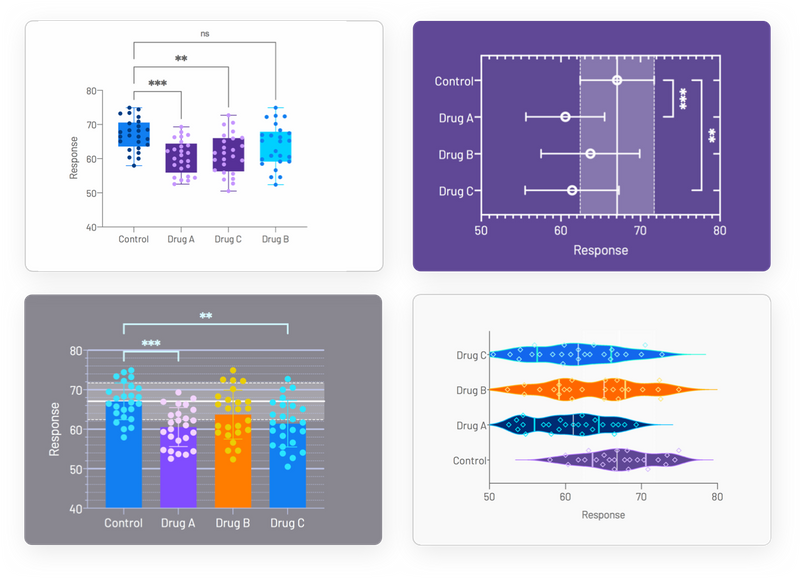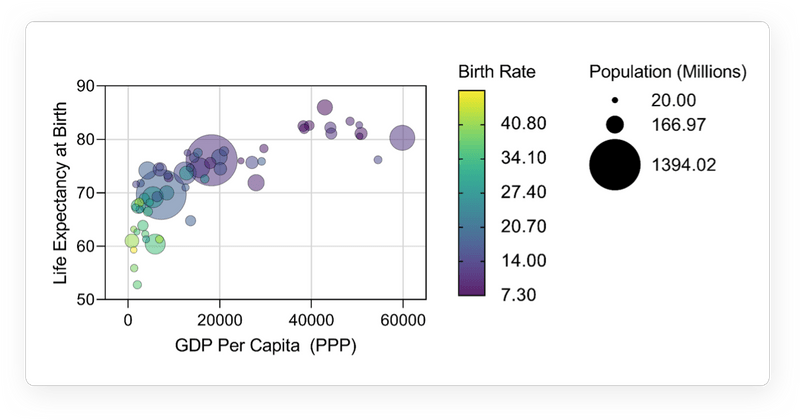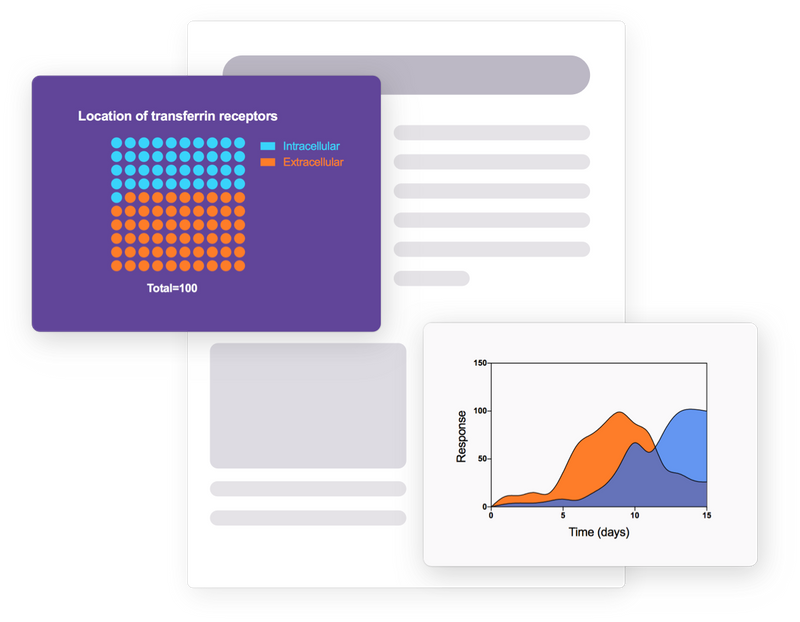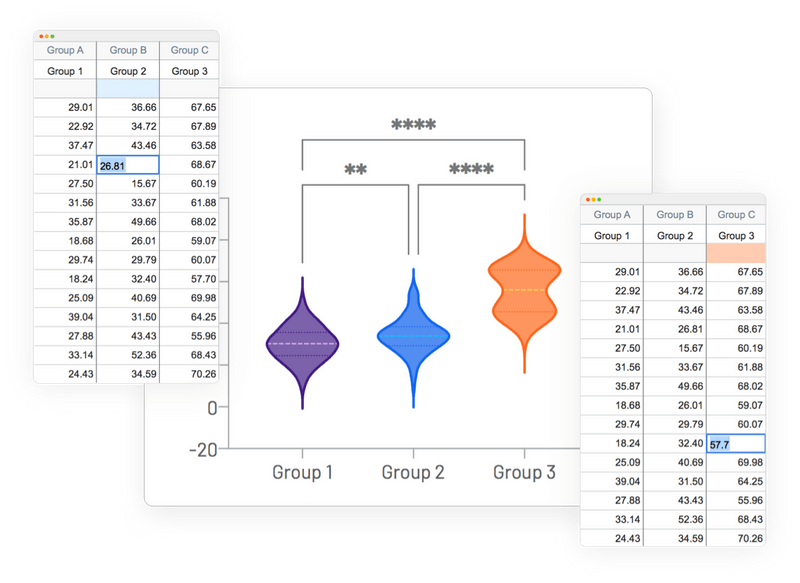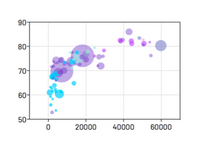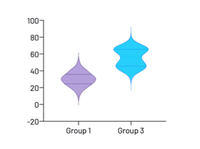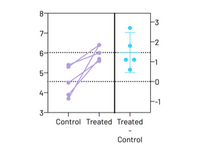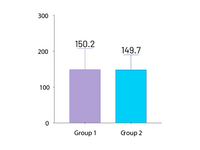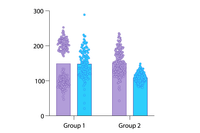Analyze, Graph and Present your scientific Work
Introducing GraphPad Prism 10 – A versatile Statistical Graphing Software that is used by Scientists—Not Statisticians.
Comprehensive Analysis and Powerful Statistics, Simplified
Organize Your Data Effectively
GraphPad Prism is primarily formatted for the analyses you want to perform, including the study of quantitative and categorical data. This makes it easy to enter data accurately, select acceptable analyses, and create amazing graphs.
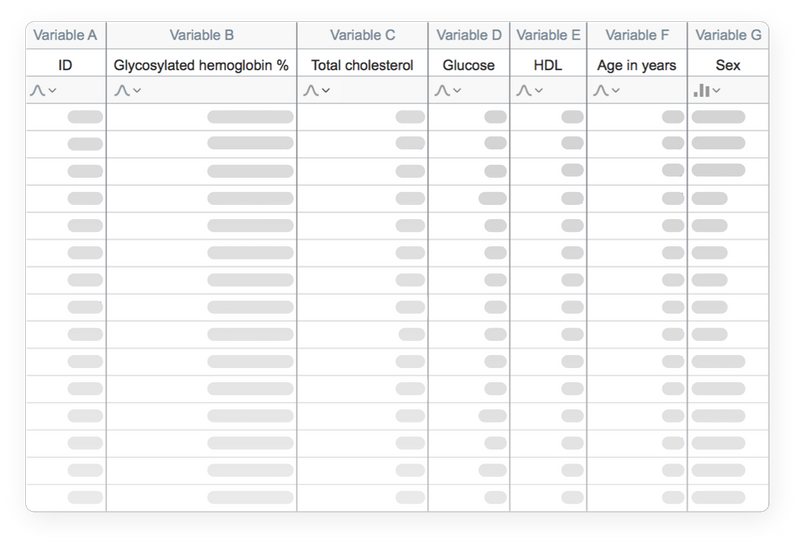
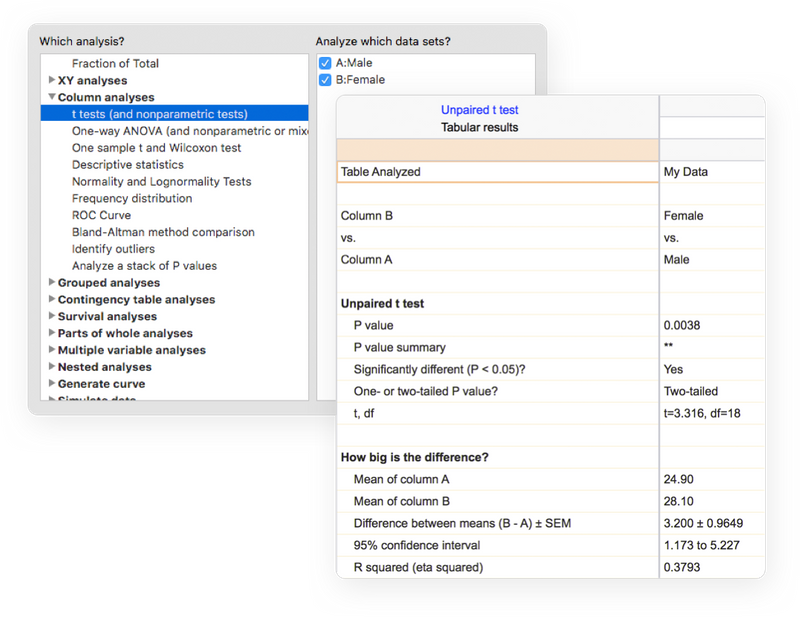
Perform The Right Analysis
Skip the statistical jargon. GraphPad Prism offers a broad variety of analyses from standard to very specialized – t tests, one-,two- and three-way ANOVA, linear and nonlinear regression, dose-response curves, binary logistic regression, survival analysis, principal component analysis, and many more. Every study has a checklist to help you understand the necessary statistical assumptions and ensure that you have chosen an acceptable test.
Get Actionable Help As You Go
Simplify the complexity of statistics. The online help of GraphPad Prism software goes beyond your expectations. Almost any step of the way, you can browse thousands of pages from Prism Guides online. Browse the Graph Portfolio to learn how to create a wide variety of graph types. Sample data sets help you understand why you should carry certain analyses and how the conclusions can be viewed.
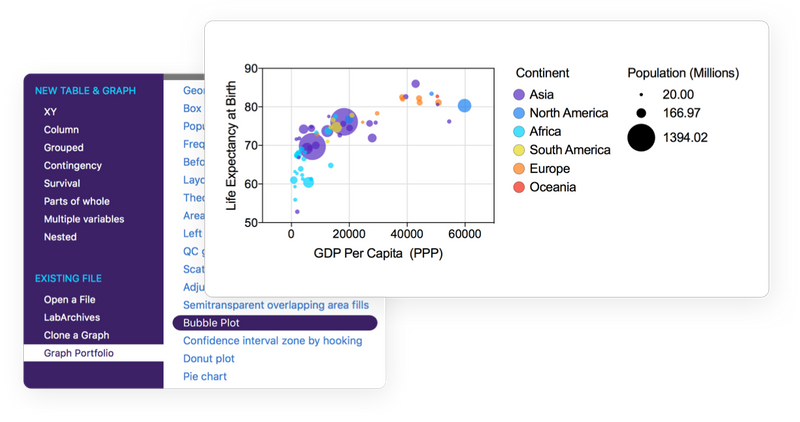
Work Smarter, Not Harder
The Fastest Way to Elegantly Graph and Share Your Work
Countless Ways to Customize Your Graphs
GraphPad Prism is a leader in Scientific Graphing Software. Concentrate on your data story, not configuring your software. GraphPad Prism software makes it simple to build the graphs you like. Choose the graph type, you can literally customize any component on the graph—how the data is structured, the layout of the data points, fonts, colors, labels and more. The possibilities for customization are infinite.
Enhance Collaboration
Share more than just the graphs. Graph pad Prism’s detailed record of your data makes it possible to have a meaningful cooperation with other scientists. All details of your Prism project ( analyses, graphs, raw data, results and layouts) are stored in a single file that you can share with a single click. Now, everyone can conveniently track your work at any stage, increase the clarity of your conclusions and streamline your collective efforts.
Discover What’s New in Prism 9 !
Introducing an even more powerful Prism featuring enhanced data visualization and graph customization, more intuitive navigation, and more sophisticated statistical analyses.


